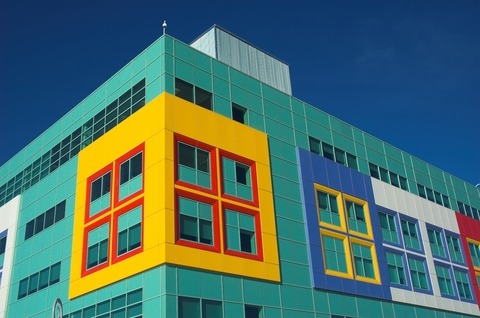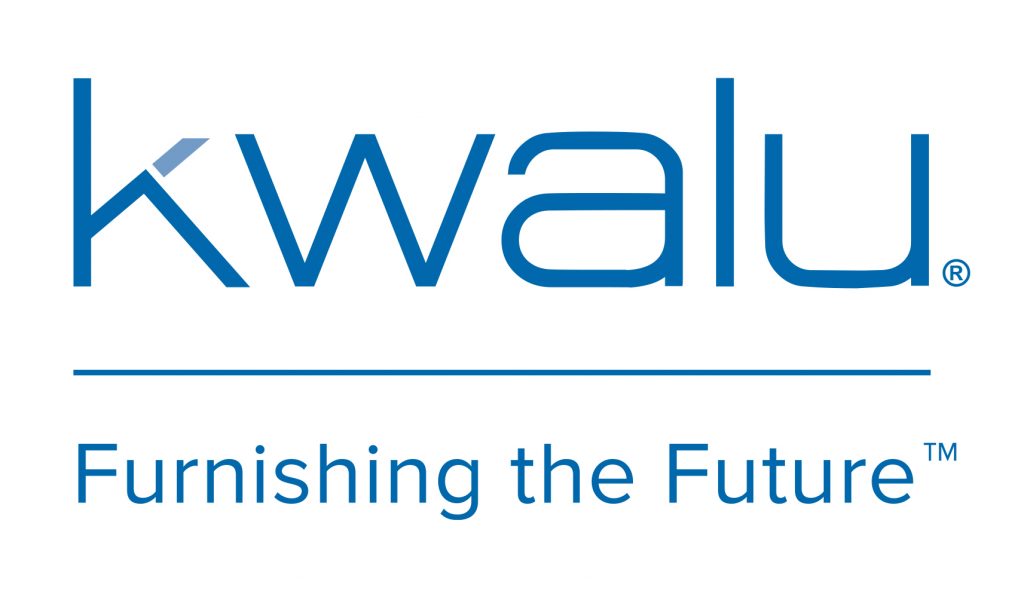3 more trends shaping the next 10 years of healthcare facility design and construction

Sponsored by:

by Sara Marberry

My last post about five trends shaping the next 10 years of healthcare facility design and construction prompted some interesting responses.
Kurt Neubek, FAIA, Principal and Firmwide Healthcare Practice Leader at Page Southerland Page, sent me a detailed email in which he said that he agreed that the five trends I identified are among the most influential.
He also offered three more important trends and some thoughts for how design teams can be successful in this ever-changing world of healthcare:
1. Consumer Choice
The ability to research costs and outcomes data for various tests and procedures along with crowd-sourced apps for patient feedback are allowing healthcare consumers to make better-informed decisions, which changes where their business goes. Because of this, patient outcomes and the patient/family experience matter more now than ever and that trend will only increase.
A related trend is that large self-insured companies and some insurance companies are sending patients (often far away) to a Center of Excellence where the outcomes are much more favorable than average.
2. Shrinking Healthcare Workforce
Not only is the U.S. population adding more people to the age demographic with the highest use of healthcare, but the average age of nurses (now at 43.5 years old) continues to increase. And we’ve all heard about COVID-driven burnout and departures from the healthcare workforce.
These trends will exacerbate staff shortages, increasing the importance of architects and designers who understand how to design facilities for efficient staffing.
3. Reimbursement
With more and more people in the U.S. being covered by Medicare, there will be continued political pressure to further reduce what CMS pays healthcare providers, forcing more innovation and value-based care. This will put even more pressure on providers to reduce the cost of care, continuing the shift to the lowest cost facility for care, requiring Owner/Architect/Contractor teams to keep on driving down the cost of new and renovated facilities.
Hospitals and health systems who have not embraced Lean Construction methods, standardized and prototyped facilities, prefabrication, etc., will need to get on that bandwagon soon.
Good Design Still Matters
In conclusion, Kurt stated that good design still matters. He thinks that design teams that will be in the most demand are those who:
- Bring experience and expertise in branding, wayfinding, and convenient customer (retail) experience. These types of facilities will be preferred by customers who have choices.
- Design to help hospitals and health systems improve their outcomes, operate with fewer staff, and operate and maintain their facilities even more cost effectively. This includes assisting with broad capital and facility strategies (e.g., where and when to locate clinics, ASCs, freestanding emergency centers, micro-hospitals, etc.) as well as detailed tactical solutions (such as how to improve patient throughput or reduce energy costs).
- Design to reduce time-to-market and initial capital costs. Once a strategy is agreed upon, hospitals and health systems need to move more quickly than traditional design and construction processes allow. Design and construction teams that understand the significance of these issues to providers and adapt their processes accordingly will be even more in demand. As more states drop Certificate of Need requirements, hospitals and health systems will be turning to design and construction teams skilled in operating in what may feel to providers like “the Wild West.”
Thank you, Kurt, for your great insights!
See also: “Marberry: 5 trends shaping the next 10 years of Healthcare Facility design and construction“
Sponsored by:

